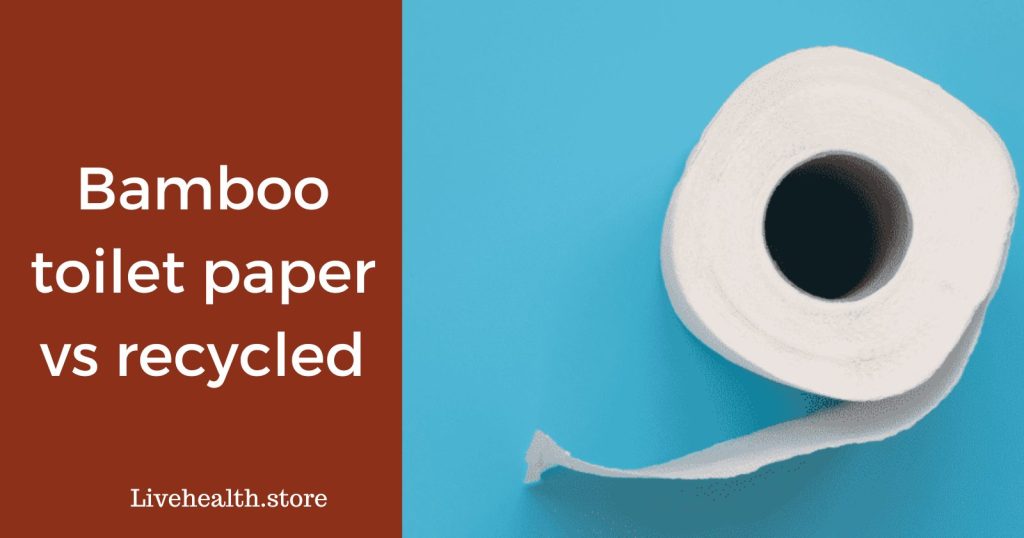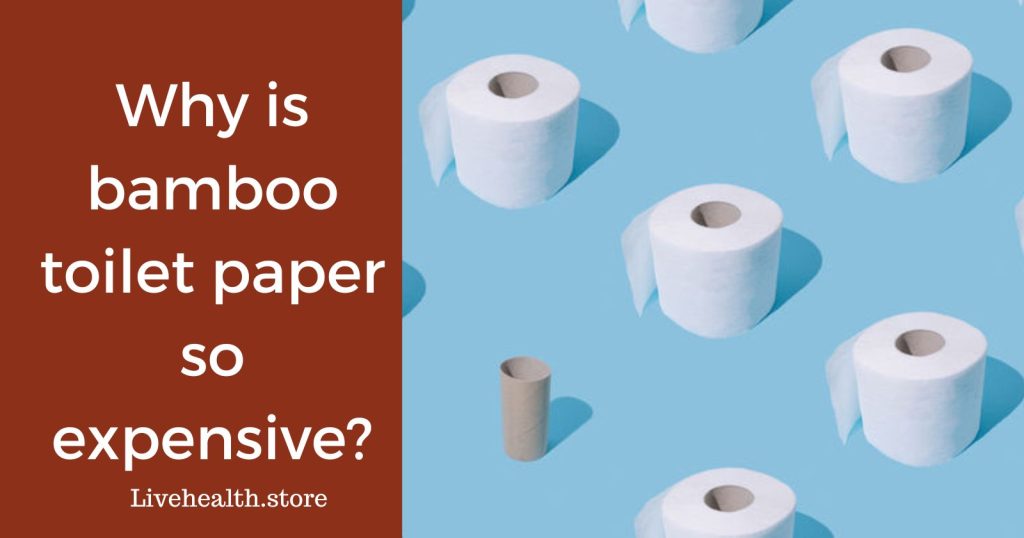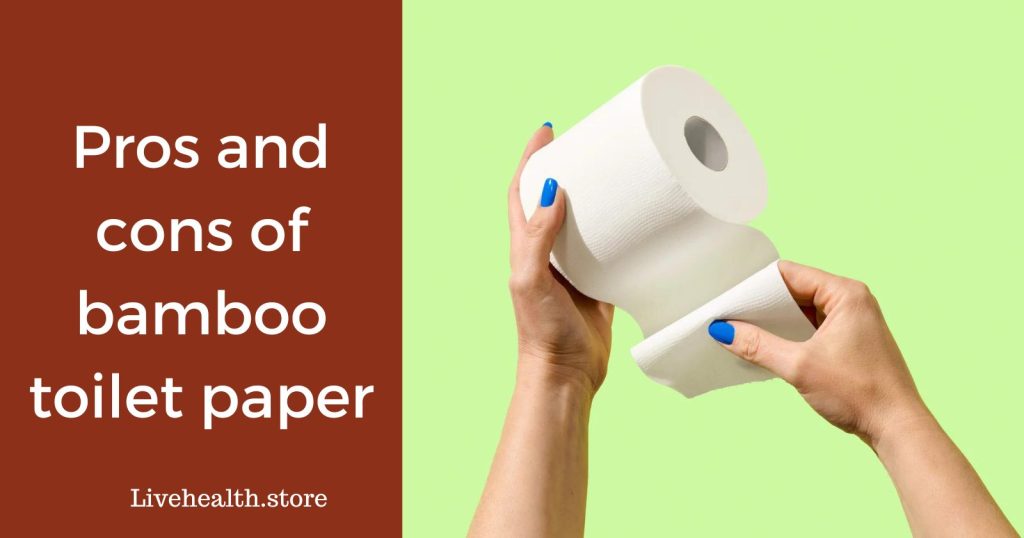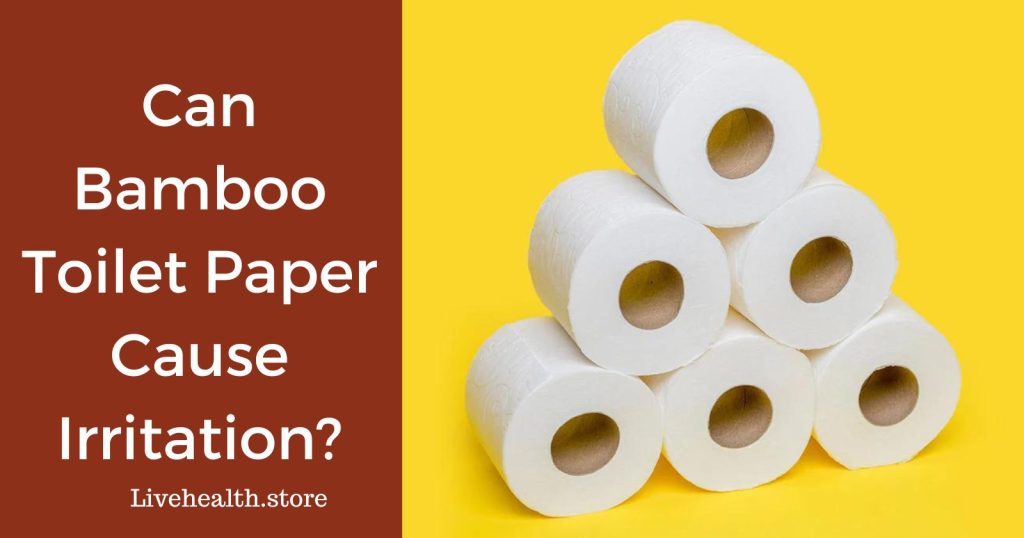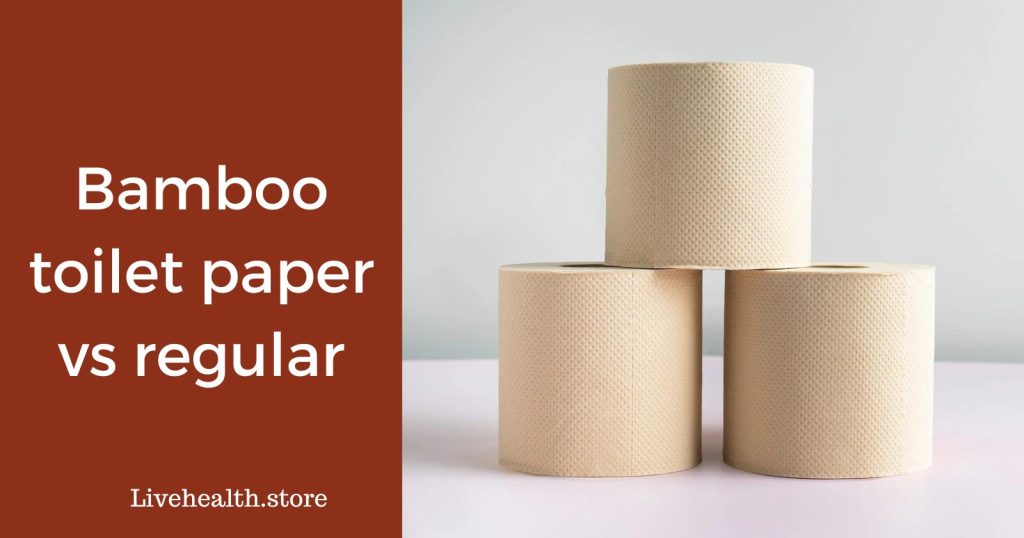Unwrapping the Process: How Bamboo Toilet Paper Is Made
Toilet paper is an essential part of our daily lives, and as environmental concerns grow, so does interest in sustainable alternatives. Bamboo toilet paper has emerged as a popular choice for those seeking a more eco-friendly option. But have you ever wondered how bamboo, a plant known for its strength and versatility, is transformed into the soft and gentle toilet paper that we rely on?
The journey from bamboo groves to your bathroom is a fascinating one, encompassing multiple steps that underscore its sustainability and positive impact on the environment.
Growing Bamboo Sustainably
The first and fundamental step in the creation of bamboo toilet paper is the growth of the bamboo itself. Unlike traditional tree-based toilet paper, which relies on slow-growing trees that take decades to mature, bamboo offers a more rapid and environmentally conscious solution.
Some bamboo species can grow over 35 inches in a single day, an astonishing rate that allows us to practically witness their growth.
Apart from its impressive growth rate, bamboo offers several ecological advantages. It generates 35% more oxygen than an equivalent mass of trees, contributing to cleaner air. Additionally, bamboo can be cultivated in a manner that harmonizes with the local ecosystem.
Its natural resistance to insects eliminates the need for pesticides, reducing environmental harm. This hardy plant can be farmed in a way that minimizes deforestation and water consumption, making it a sustainable alternative.
By cultivating bamboo, we not only support a greener planet but also provide farmers with a consistent income source. Unlike traditional trees, bamboo can be harvested multiple times, ensuring a stable livelihood for farmers without the pressure to encroach upon sensitive habitats.
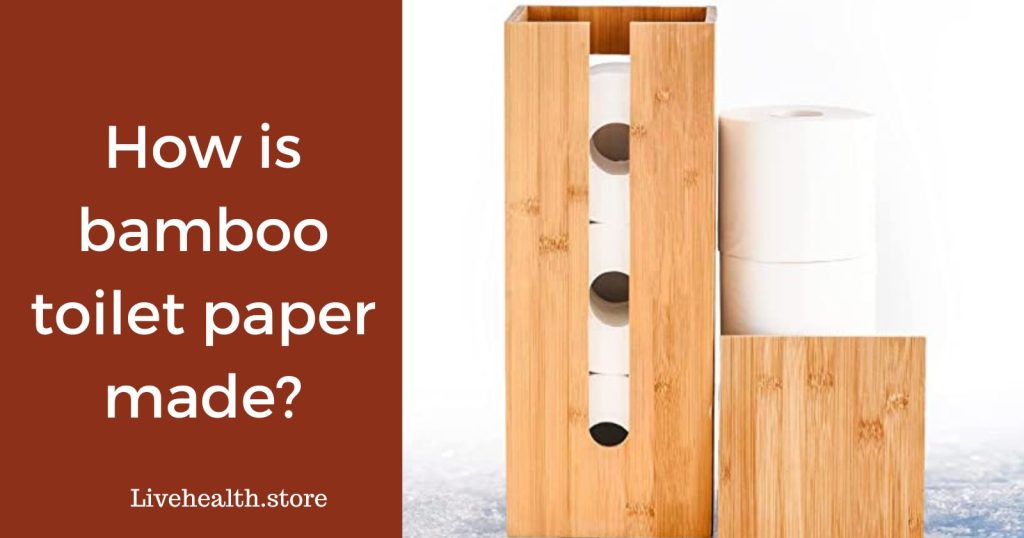
Transforming Bamboo into Paper
The journey from bamboo groves to your bathroom begins with the transformation of bamboo plants into pulp, the raw material for toilet paper production. This process involves a sequence of carefully orchestrated steps that combine heat and water, foregoing the use of harsh chemicals.
After harvesting, the bamboo is cut into smaller pieces and pulped, resulting in bamboo fibers that are ready to be processed further.
To achieve the desired softness and appearance, the bamboo pulp undergoes cleaning and bleaching processes. Hydrogen peroxide or chlorine-free methods are employed to ensure the pulp is sanitized and prepared for papermaking.
Once these initial steps are completed, the bamboo pulp transforms into a versatile material that can be shaped into sheets of toilet paper.
Crafting Bamboo Toilet Paper
With the bamboo pulp primed for transformation, the production process mirrors the techniques of creating homemade paper. The blend of pulp and water is introduced into a paper machine, where it is flattened, dried, and finally cut into sheets and rolls.
This process ensures the formation of a comfortable and durable toilet paper product that meets the demands of modern hygiene.
The end result is soft, strong, and environmentally friendly bamboo toilet paper that is packaged and delivered to consumers through sustainable subscription services.
This sustainable approach to toilet paper production not only minimizes environmental impact but also offers consumers a conscious choice for their daily needs.
Hi there, I’m Sam Billings, and I’m all about sustainability. Running a printing business is my thing, but my real passion is preserving nature. That’s why I run the Live Health blog, where I focus on Bamboo plants and their eco-friendly goodness.


